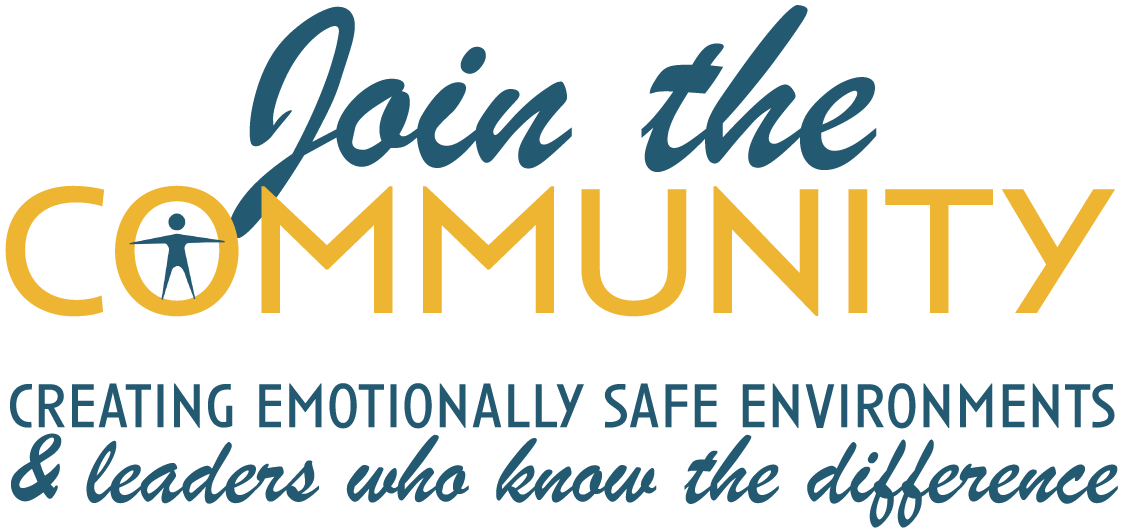The Gray Area
X + Y = Positive Community
Idea…
Identify and clarify the uses of less structured time between organized activities, those periods of time we might otherwise consider “off” time or downtime, where no “subject” is explicitly taught.
What we call the “Gray Area” is an area of space and time where people come together, without specific structure, to engage in community activities and interactions. The most important and productive interpersonal interactions often take place within the Gray Area, rather than in a structured environment. Therefore, it is a place where the strength and productivity of a community depends entirely on the social and emotional literacy, as well as aptitude of its leaders and citizens.
The idea is to identify and clarify the uses of less structured time between organized activities, those periods of time we might otherwise consider “off” time or downtime, where no “subject” is explicitly taught. This is an opportunity for readjustment, one that realigns mentors with spaces of genuine learning. When mentors instead aim to constantly observe, recognize, and incorporate positive dialogue into this area, they can maximize the potential for learning in each second spent in and out of the classroom. By reinterpreting the Gray Area as both a practice field for growth and an arena full of teaching moments, we learn to recognize new opportunities to learn and become more effective as educators, mentors, and agents of our personal lives.
Just like in any other subject or skill, the “equation,” or method for success has to be learned and practiced.
X + Y = Positive Community
“(Gray Areas) Constant (consistent)
Observation Reaction/response (appropriate)
Effect (desired) ”
Though less apparent in the constraints of a traditional classroom, the Gray Area is present. Educators thus often operate at an interpersonal deficit: even while the primary material is covered, subtle opportunities to interact with students and guide their development with peers may go undetected. As we reorient ourselves toward Gray Area opportunities, our freshly critical eyes help us to catalogue all kinds of new chances to build up our communities, inspire volunteerism, and teach leadership to our students and peers. At first, awakening to previously missed opportunities might douse us with frustration. However, as proficiency develops into expertise, a mentor’s knowledge of the Gray Area becomes a positive feedback loop: the more astute we are in noticing and working within it, the more Gray Area we get to work with. Ultimately, Gray Area becomes not the filling between hours of instruction, but a rich source of educational material we can create.
With the CORE equation, we help each student feel consistently validated and empowered by handling potentially difficult interpersonal moments in a productive way. The majority of opportunities for conflict and learning happen in the “Gray Area.” Our job is to safely and skillfully manage moments that may appear uncomfortable or awkward and focus on the value of conversation that these occasions can inspire. Opportunities for mentors to positively recognize and reinforce students’ Social and Emotional life-skills are as important to us as opportunities to notice their potential for growth. By incorporating both into our model of attentiveness and responsive dialogue, actions that build and prioritize community are as relevant to our process as actions with the potential to harm it. Mentors and beyond, are in a unique position to skillfully harness both modes of action and safely challenge students to empower themselves toward the values of leadership, community, and volunteerism.
Check out our Gray Area Workshops by clicking the link below!



